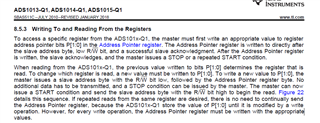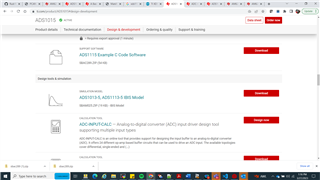Other Parts Discussed in Thread: ADS1015
Hi Team ,
we want to make use of ADS-1015 ADC chip to read Analog inputs and make a device driver code in Free rtos(M4F) ..?
can you guide us on the same.
we see that TI has driver for the same in Linux in below path , but can we help us defining the required things for FreeRTOS development.
linux/drivers/iio/adc/ti-ads1015.c.



